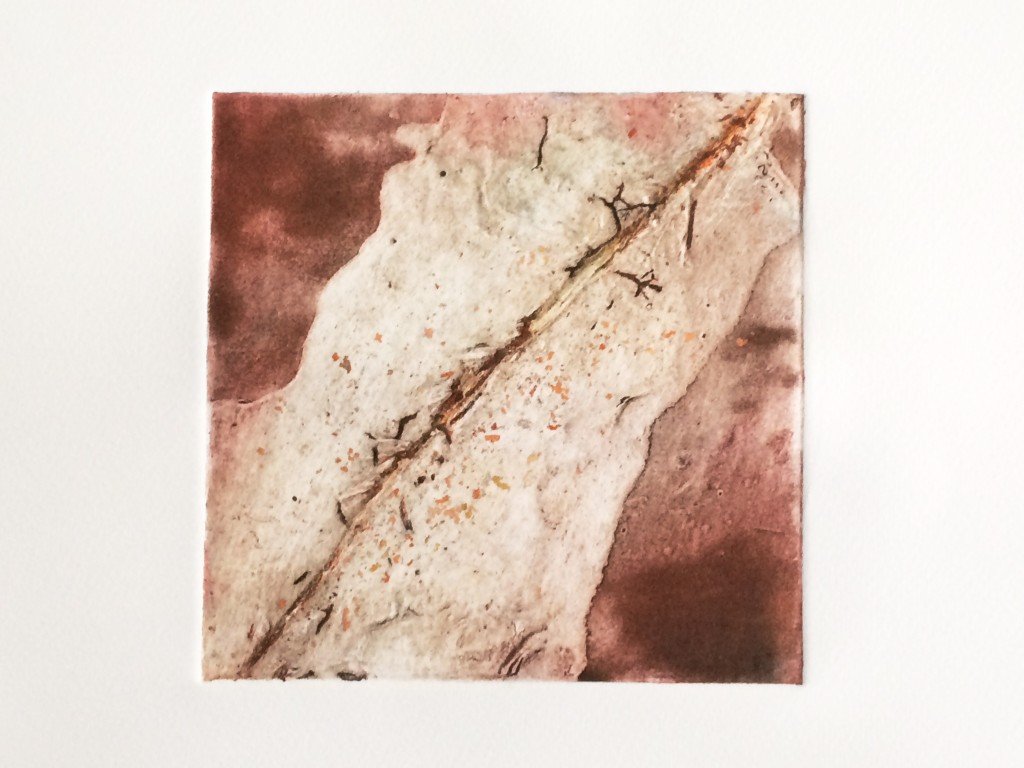Yesterday, I had a brilliant print session at The Ropewalk. Once in a while, things seem to just work. The experience of printing some of these smaller plates last week really helped. Through trial and a lot of error, I had worked out that the raised (2-3mm) and heavily textured nature of this set of 8 plates needed very careful handling.
Last week, too much ink and too heavy a pressure setting meant saw some of the prints squelched ink beyond the edges of the plate. To try to achieve better results this time, I did two things – I used around half the amount of ink on each plate, combined with much lighter pressure setting on the press.
Also, because the plates were relatively small and well prepared with yacht varnish, they were quite easy to ink. As a result, I was able to ink up 3-4 plates consecutively, soak the paper in readiness and print the plates in quick succession, like a production line. It really was nice to see them turning out so well, some of them surprisingly so. Have a look above.
After last week’s session, I left a number of the better prints behind to be considered for selection for a national exhibition. One of them (below), has been chosen to be part of The Ropewalk group’s submission for InPrint, a new biannual print expo showing innovations in print, both traditional and ceramic.
I’m loving working on these smaller prints. The reduction in scale seems to give them a more precious quality. Also, as I ink them differently every time, each one is unique and can still be a surprise when the paper is peeled from the plate on press (yes, it’s still magic!). The beech plywood plate material is very durable, so I should get more prints from each plate. It’ll be fun to see what else I can do with them – perhaps I’ll try printing onto fabrics next!
‘The Channel’: selected for the upcoming InPrint exhibition, Studio Eleven, Hull
Find all my posts about Art Printworks stories on Twitter at: #artprintstories

